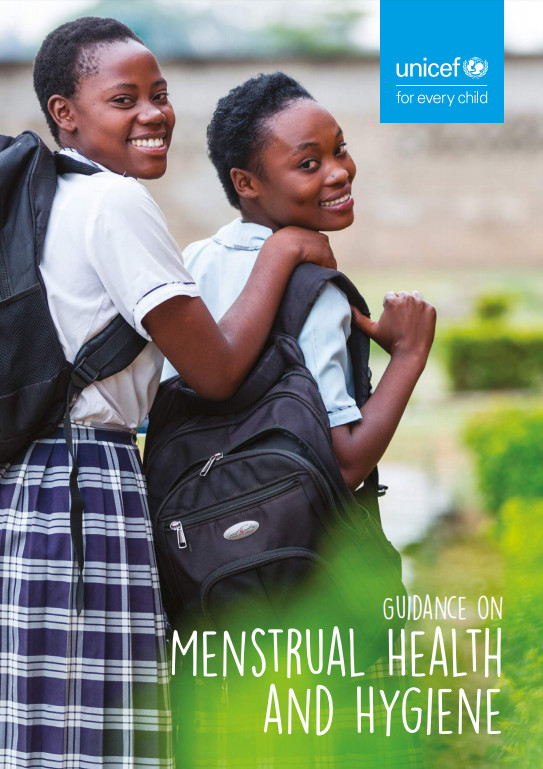Guidance on Menstrual Health and Hygiene
 |
rapport Mar 2019 ; 93 pages
Ed. UNICEF - New York
Téléchargeable sous format: PdF
Téléchargeable chez l'éditeur
Page de présentation d'un éditeur
Abstract:
This guidance is structured into five sections.
Section 1: A global opportunity
This section explains the global interest in supporting MHH through development and
humanitarian programming under the SDGs.
Section 2: Programme design
This section articulates the principles underpinning UNICEF’s MHH programmes and
explains the process to support government leadership, carry out a situation analysis,
develop a theory of change, build an evidence base, estimate programme costs, and
assemble a team.
Section 3: Core package of interventions
This section provides and describes a framework of essential MHH interventions that
are inclusive of all menstruators and which reach the most underserved, with a focus on
working through and strengthening national systems.
Section 4: MHH for girls and women in vulnerable situations
This section is not exhaustive but provides an overview of strategies to reach three
specific populations: girls and women with disabilities, girls and women in humanitarian
action, and transgender or non-binary menstruators.
Section 5: Learning, monitoring, reporting and evaluation
This section provides an overview of the global monitoring and evaluation frameworks for
MHH.
Mot clef: |
Editeur/Diffuseur: |
|
UNICEF - New York - Etats Unis |
En cas de lien brisé, nous le mentionner à communication@pseau.org